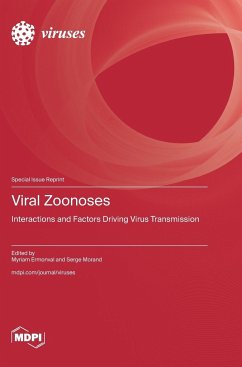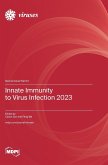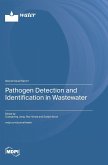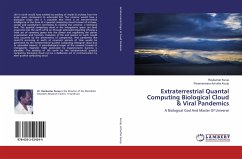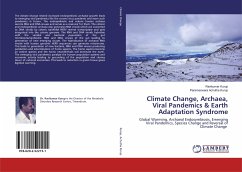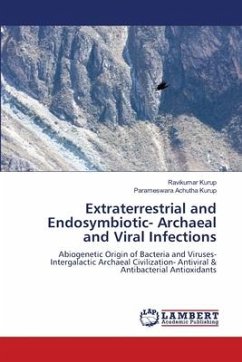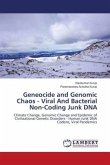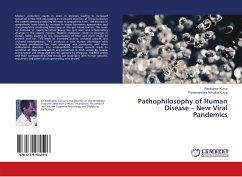The beginning of the 21st century was marked by an increase in the number of emerging/reemerging infectious diseases detected worldwide and by the challenging COVID-19 pandemic. Most of these emerging diseases are caused by viruses that are primarily RNA viruses of animal origin, with a long history of adaptation to their natural hosts, becoming pathogenic when crossing species barriers. The conditions for viral persistence in animal reservoirs, particularly among the very diverse species of rodents and bats, and pathogenicity in humans are not always elucidated. Meanwhile, outbreaks are influenced by human activities that disrupt ecosystems and increase contact between infected animals and humans. Therefore, population dynamics are of great importance, with domestic animals playing key roles as intermediaries in the transmission of viruses. Considering the increase in emerging infectious disease and their occurrence on a global scale, damage to ecosystems, mainly caused by human activities that, thereby increase contact between wild animals, domestic animals, and humans, the global "One Health" approach is essential. The articles published in the Special Issue, "Viral Zoonoses: Interactions and Factors Driving Virus Transmission ", contribute to this reflection.

